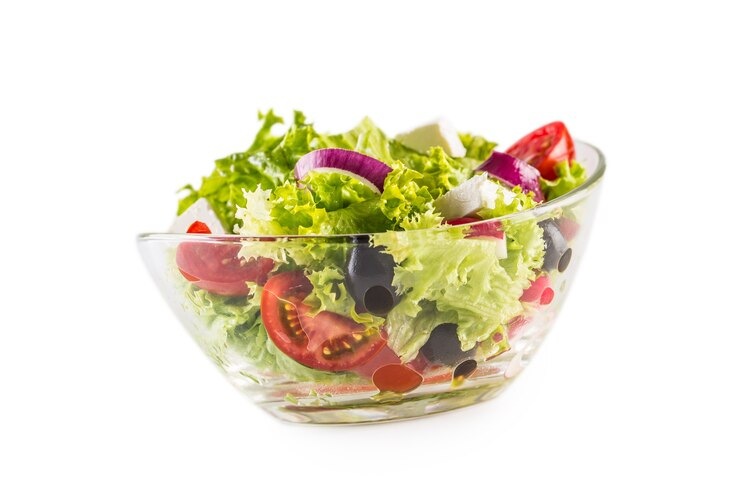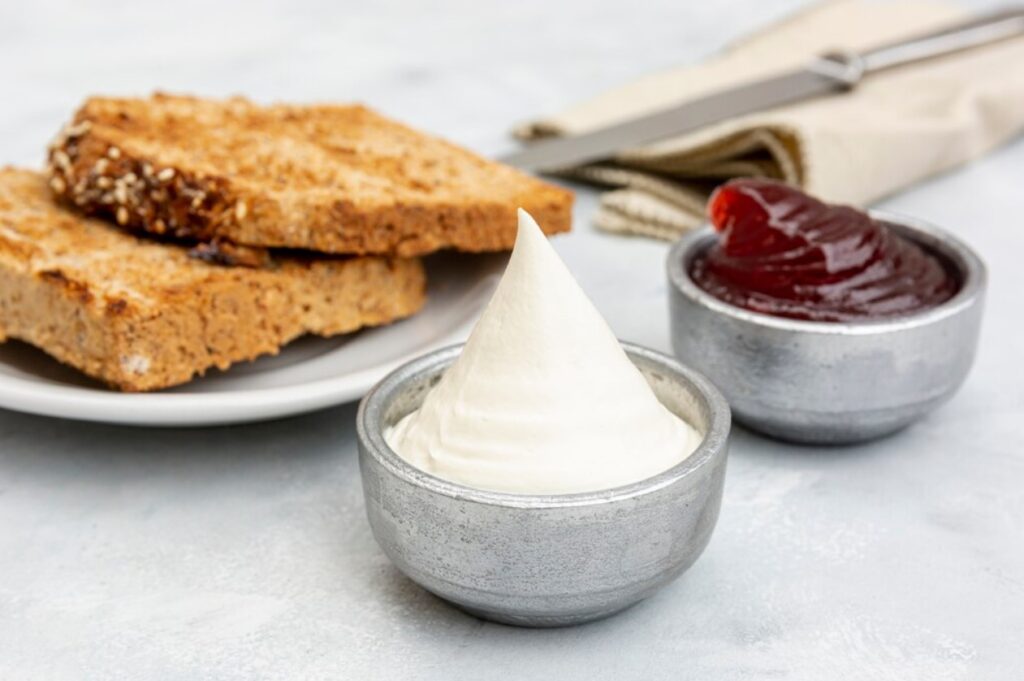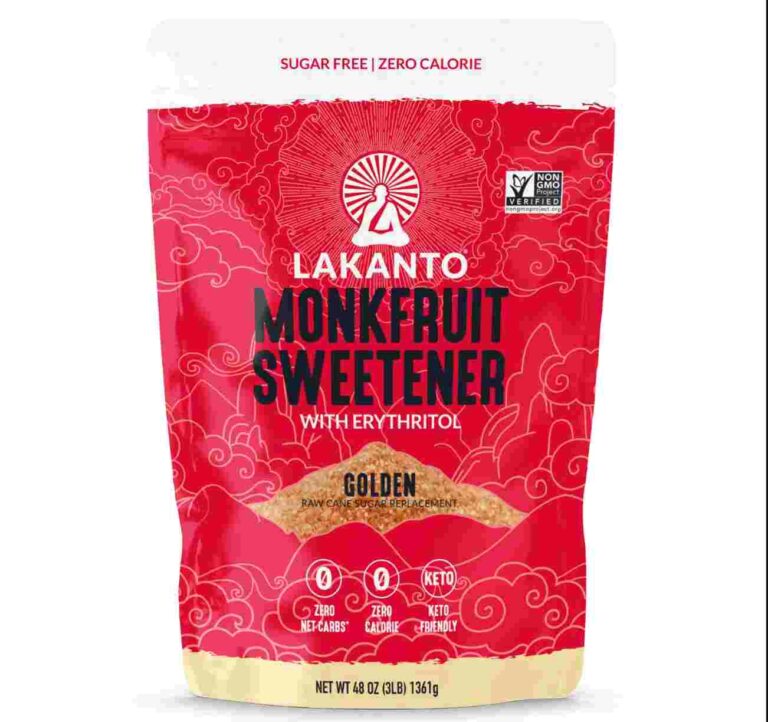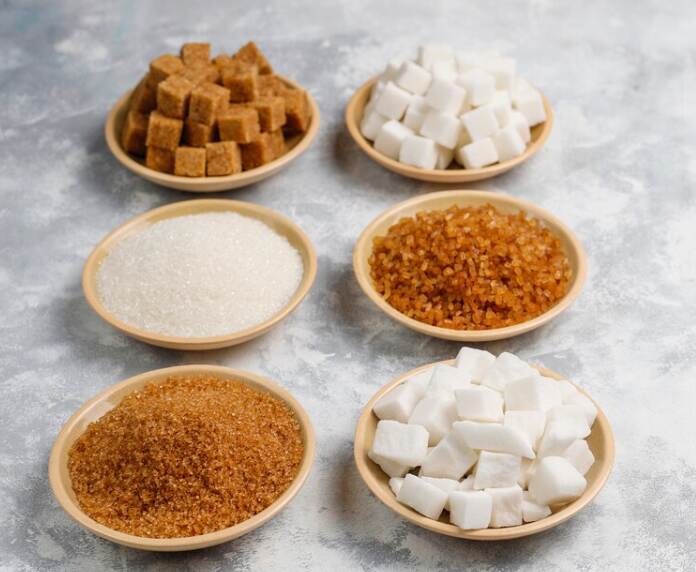The ketogenic diet, commonly known as keto, has gained immense popularity in recent years as a go-to strategy for weight loss and improved health. Its low-carb, high-fat approach has attracted millions looking for quick results and potential benefits like better blood sugar control and enhanced energy levels. From celebrities to fitness enthusiasts, many people swear by its effectiveness.
However, as with any diet, questions arise about its safety and long-term effects. Is keto truly a safe option for everyone, or are there hidden risks? While the diet has its share of success stories, it’s also associated with potential side effects and health concerns, making it crucial to evaluate its suitability on an individual basis.
In this article, we’ll explore the benefits and risks of the ketogenic diet, address who may need to avoid it, and provide tips for safely following this popular regimen.
What is the Ketogenic Diet?
The ketogenic diet, or keto, is a high-fat, low-carbohydrate eating plan designed to shift the body’s primary energy source from carbohydrates to fat. Typically, the diet consists of about 70-80% fat, 10-20% protein, and only 5-10% carbohydrates. By drastically reducing carbohydrate intake, the body is forced into a metabolic state called ketosis.

In ketosis, the liver converts fat into molecules called ketones, which serve as an alternative energy source for the body and brain. This shift allows the body to burn stored fat more efficiently, making keto a popular choice for those seeking weight loss. Unlike traditional diets that rely on counting calories, keto focuses on macronutrient balance, prioritizing fats and limiting carbs.
People choose the ketogenic diet for a variety of reasons. One of the most common is weight loss, as the body’s reliance on fat for energy can lead to significant fat burning. Additionally, keto is often praised for its ability to help stabilize blood sugar levels, making it an appealing option for individuals with type 2 diabetes or insulin resistance. Other reasons include potential improvements in mental clarity, reduced appetite, and enhanced energy levels.
Originally developed as a medical treatment for epilepsy, the ketogenic diet has also been researched for its potential benefits in managing neurological conditions, such as Alzheimer’s disease and Parkinson’s disease. Despite its widespread popularity and reported benefits, keto is not a one-size-fits-all approach and requires careful planning to ensure it meets individual health needs.
By understanding the basics of keto and how it works, you can better determine whether this diet aligns with your health goals and lifestyle.
Benefits of the Ketogenic Diet
The ketogenic diet offers a range of benefits that have been scientifically studied and widely reported, making it a popular choice for improving health and achieving specific wellness goals. Here are some of the most notable benefits:
Weight Loss and Appetite Suppression
One of the primary reasons people turn to keto is for its effectiveness in promoting weight loss. By significantly reducing carbohydrate intake, the body relies on fat stores for energy, leading to fat loss over time. Additionally, ketones—the molecules produced during ketosis—are believed to suppress the hunger hormone ghrelin, resulting in reduced appetite. This natural appetite suppression can make it easier for individuals to stick to the diet and consume fewer calories overall.
Improved Blood Sugar Control
For those with type 2 diabetes or insulin resistance, the ketogenic diet may offer significant benefits. By limiting carbohydrate intake, the diet helps stabilize blood sugar levels and reduce insulin spikes. Studies have shown that keto can lower hemoglobin A1c levels, a key marker for long-term blood sugar control, and in some cases, reduce the need for diabetes medications.
Management of Epilepsy and Neurological Conditions
The ketogenic diet was initially developed in the 1920s as a treatment for epilepsy, particularly in children who did not respond well to medication. By altering the brain’s energy source from glucose to ketones, the diet can help reduce the frequency and severity of seizures. Beyond epilepsy, emerging research suggests that keto may have potential benefits for other neurological conditions, such as Alzheimer’s disease, Parkinson’s disease, and traumatic brain injuries, although more studies are needed.
Emerging Research on Anti-Inflammatory Effects
Recent studies indicate that the ketogenic diet may have anti-inflammatory properties. Ketones, particularly beta-hydroxybutyrate, may inhibit inflammatory pathways in the body, which could help reduce inflammation-related conditions such as arthritis and autoimmune disorders. While these findings are promising, more extensive research is required to confirm long-term effects.
While the ketogenic diet offers many potential benefits, it’s essential to note that results can vary depending on individual health conditions and adherence to the diet. For those who can safely follow the ketogenic lifestyle, it may serve as an effective tool for weight management, blood sugar control, and overall health improvement.
Risks and Side Effects of the Ketogenic Diet
While the ketogenic diet offers numerous benefits, it’s essential to understand the potential short-term and long-term risks associated with this restrictive eating plan. Here are some of the most common side effects and concerns:
Short-Term Side Effects of Keto
Keto Flu: One of the most frequently reported side effects during the initial phase of keto is the “keto flu.” Symptoms may include fatigue, headaches, dizziness, nausea, irritability, and difficulty concentrating. These symptoms occur as the body adapts to using fat and ketones as its primary energy source instead of carbohydrates. Staying hydrated and replenishing electrolytes (e.g., sodium, potassium, magnesium) can help ease this transition.
Digestive Issues: The drastic reduction in carbohydrate intake and dietary fiber can lead to constipation or other digestive discomforts. Incorporating non-starchy, fiber-rich vegetables like spinach or broccoli into meals can help alleviate this issue.
Potential Long-Term Risks of Keto
Nutrient Deficiencies: The restrictive nature of the ketogenic diet can lead to deficiencies in essential vitamins and minerals, such as vitamin C, magnesium, and certain B vitamins. This is especially true for individuals who do not incorporate a variety of low-carb vegetables or rely heavily on processed keto-friendly foods.
Cholesterol and Cardiovascular Concerns: The high-fat content of keto, particularly if it includes saturated fats from sources like butter and fatty meats, may raise cholesterol levels in some individuals. While some studies suggest that keto may increase HDL (“good” cholesterol), elevated LDL (“bad” cholesterol) levels could pose risks for cardiovascular health. Regular monitoring of blood lipids is recommended for individuals on keto.
Strain on Kidneys and Liver: The diet’s high fat and moderate protein intake can put additional strain on the kidneys and liver. For those with pre-existing conditions, such as chronic kidney disease or fatty liver disease, keto may exacerbate complications. Consulting a healthcare professional is crucial before starting the diet in these cases.
Ketoacidosis Risk for Specific Groups
While rare, individuals with type 1 diabetes or poorly managed type 2 diabetes are at risk of diabetic ketoacidosis (DKA), a dangerous condition in which blood ketone levels rise to harmful levels, causing the blood to become acidic. Pregnant women and individuals taking certain medications should also exercise caution and consult their doctor before attempting keto.
The ketogenic diet is not without risks, and its suitability depends on individual health conditions and dietary habits. Short-term side effects like keto flu are typically manageable, but long-term adherence requires careful planning to avoid complications. Regular medical supervision is essential to ensure safety while following this diet.

Who Should Avoid the Keto Diet?
While the ketogenic diet offers potential benefits for many people, it may not be safe or suitable for everyone. Certain groups should exercise caution or avoid the diet entirely due to its restrictive nature and potential health risks.
Pregnant or Breastfeeding Women
During pregnancy and breastfeeding, the body requires a balanced diet to ensure proper nutrition for both mother and child. The restrictive nature of keto can lead to deficiencies in essential vitamins and minerals, such as folic acid, which is crucial for fetal development. A low-carb diet may also impact milk production, making it unsuitable for nursing mothers.
Individuals with Kidney or Liver Disease
The high fat and moderate protein content of the ketogenic diet can place additional strain on the kidneys and liver. For those with pre-existing conditions, such as chronic kidney disease or liver disorders, the diet may exacerbate complications, leading to a decline in organ function.
Those with a History of Disordered Eating
The restrictive structure of the ketogenic diet may trigger unhealthy behaviors in individuals with a history of disordered eating, such as binge eating or orthorexia. Focusing too heavily on macronutrient control can create a problematic mindset around food, making it difficult to maintain a balanced approach to eating.
Importance of Consulting a Healthcare Professional
Before starting the ketogenic diet, it’s vital to consult a healthcare professional, especially if you have underlying health conditions, take medications, or belong to a higher-risk group. A doctor or registered dietitian can help determine whether keto is a safe and suitable option for your individual needs and provide guidance on how to implement it safely.
Although the ketogenic diet can offer benefits, it is not ideal for everyone. Understanding its risks and consulting with a healthcare provider can help ensure a safe and effective dietary approach tailored to your health goals.
Tips for Safely Following a Ketogenic Diet
The ketogenic diet can be an effective approach for weight loss and health improvement when followed correctly. However, ensuring safety and maintaining proper nutrition is essential for long-term success. Here are some key tips for safely following a ketogenic diet:
Gradual Carb Reduction
Jumping straight into a very low-carb diet can lead to severe side effects, such as the keto flu. To ease into ketosis, gradually reduce your carbohydrate intake over one to two weeks. This allows your body to adapt to using fat and ketones for energy, minimizing fatigue, headaches, and other symptoms associated with the transition.
Prioritize Balanced Nutrition
Although keto focuses on high-fat and low-carb foods, it’s important to maintain a balanced and nutrient-dense diet. Incorporate keto-friendly vegetables like spinach, broccoli, and zucchini to ensure adequate fiber and essential vitamins. Choose healthy fats such as avocados, nuts, seeds, and olive oil, and avoid relying solely on processed or saturated fats.
Including foods rich in micronutrients, such as magnesium, potassium, and sodium, helps prevent deficiencies and maintains electrolyte balance, which is crucial on keto.
Regular Health Monitoring
Regular health check-ups are essential to track how your body responds to the ketogenic diet. Monitoring cholesterol levels, kidney function, and blood sugar can help identify potential risks early. Consider using tools like a blood ketone meter to ensure you’re maintaining ketosis within safe levels.
Listen to Your Body
Pay attention to how your body feels and adjust the diet as needed. If you experience persistent fatigue, digestive issues, or other concerning symptoms, consult a healthcare professional to evaluate whether keto is suitable for you.
By gradually transitioning, focusing on balanced nutrition, and monitoring your health, you can follow a ketogenic diet safely and effectively. Listening to your body and staying flexible in your approach will help you achieve your goals while minimizing risks.
Conclusion
The ketogenic diet is a powerful dietary approach with proven benefits, including weight loss, improved blood sugar control, and therapeutic effects for certain medical conditions like epilepsy. However, it also comes with potential risks, such as nutrient deficiencies, increased cholesterol levels, and strain on the kidneys and liver. Short-term side effects like the keto flu can often be managed, but long-term adherence requires careful planning and monitoring.
Keto may not be suitable for everyone, particularly pregnant or breastfeeding women, individuals with pre-existing kidney or liver conditions, or those with a history of disordered eating. For others, it can be an effective dietary option when approached thoughtfully.
The key to safely following the ketogenic diet lies in personalization. No two bodies are the same, and what works for one person may not work for another. Consulting a healthcare professional before starting keto is crucial to ensure the diet aligns with your specific health needs and goals. Regular check-ups and health monitoring can help mitigate risks and ensure the diet is sustainable over time.
Ultimately, making an informed decision about keto involves understanding both its benefits and potential risks. By taking a personalized and educated approach, you can prioritize your health while exploring the possibilities of this popular dietary lifestyle.

























